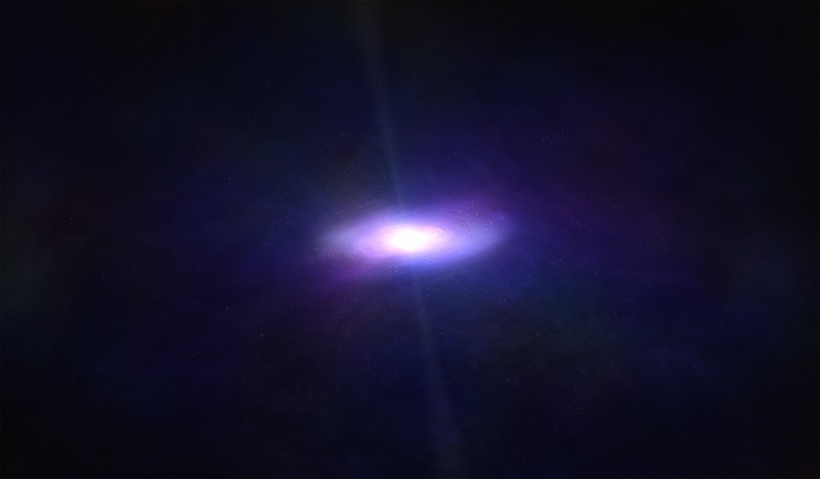Until relatively recently, scientists made the intriguing revelation that black hole jets emit X-rays. However, the mechanism behind how these jets accelerate particles to such high-energy levels remains an enigma.
The study, titled "Variability of Extragalactic X-Ray Jets on Kiloparsec Scales" published in Nature Astronomy, reports remarkable and unexpected findings that seem to invalidate a prominent theory, thus creating an opportunity to reconsider our understanding of particle acceleration within the jets, and potentially even in other regions of the cosmos.

Black Hole Jet Observations Shed Light on Particle Acceleration That Generates X-Rays
Reassessing How Particle Acceleration Works in Black Hole Jets
Previous assumptions suggested that the X-ray emissions in these jets would remain stable over millions of years. But according to the news release via EurakAlert!, the analysis of archival data from the Chandra X-ray Observatory revealed that a significant number of jets exhibited variations in their X-ray emissions over just a few years.
The study, which examined 155 unique regions within 53 black hole jets using high-resolution observations from the Chandra Observatory, defied expectations by uncovering frequent variability on such short timescales.
The finding challenges the prevailing models of X-ray production in the jets, which postulated either very low-energy electrons or very high-energy electrons as the key factor. The existence of variability contradicts one of these models, which is incompatible with any form of fluctuation.
Furthermore, the research team observed rapid changes in X-ray emissions along the entire length of the jets, contrary to the simplest theory that assumes particle acceleration occurs solely at the center of the galaxy in the black hole's engine.
A similar report from Phys.org suggests that particle acceleration takes place throughout the entire length of the jet, far from its origin at the black hole. Consequently, the observations call for a reassessment of current theories surrounding particle acceleration in black hole jets.
Interestingly, the results also indicated that closer jets exhibited more variability compared to those situated much farther away. The distance factor plays a role because the light from the more distant jets takes a significant amount of time to reach telescopes on Earth, effectively allowing astronomers to observe the jets as they appeared in the past.
It is theorized that older jets have reduced variability due to the smaller size of the universe and the greater presence of ambient radiation during earlier stages.
READ ALSO: Supermassive Black Hole Gorging on a Star Launches Leftover via 'Relativistic Jets' Toward Earth
Scientific Collaboration Sheds New Light on X-Rays From Black Hole Jets
The analysis of data from the Chandra X-ray Observatory presented significant challenges despite its exceptional imaging resolution. Some regions of variability were observed with a limited number of X-ray photons, and the fluctuations in X-ray production within a given jet were typically around tens of percent.
To ensure accurate interpretation, the lead author collaborated with statisticians to distinguish genuine variability from random fluctuations.
Ultimately, the study revealed that between 30 and 100% of the jets examined exhibited variability over short time scales, challenging the notion that such variability is absent. Interested Engineering reported that these findings have implications for understanding the mechanisms behind black holes ejecting massive jets of material into space.
While the process of how and why black holes generate these energetic jets is still not fully understood, this study, along with cutting-edge images of black hole jets, aims to narrow down the range of possibilities for the scientific community.
RELATED ARTICLE: Black Hole Spewing a Fiery Jet at Another Galaxy, Depleting Fuel Needed for Star Formation
Check out more news and information on Black Holes in Science Times.

![Extinct Giant Salmon Had Tusk-Like Spikes Protruding Out of Its Snout That Can Easily Kill Shark, Other Large Marine Animals [Study]](https://1721181113.rsc.cdn77.org/data/thumbs/full/53304/89/56/50/40/extinct-giant-salmon-had-tusk-like-spikes-protruding-out-of-its-snout-that-can-easily-kill-shark-other-large-marine-animals-study.png)












